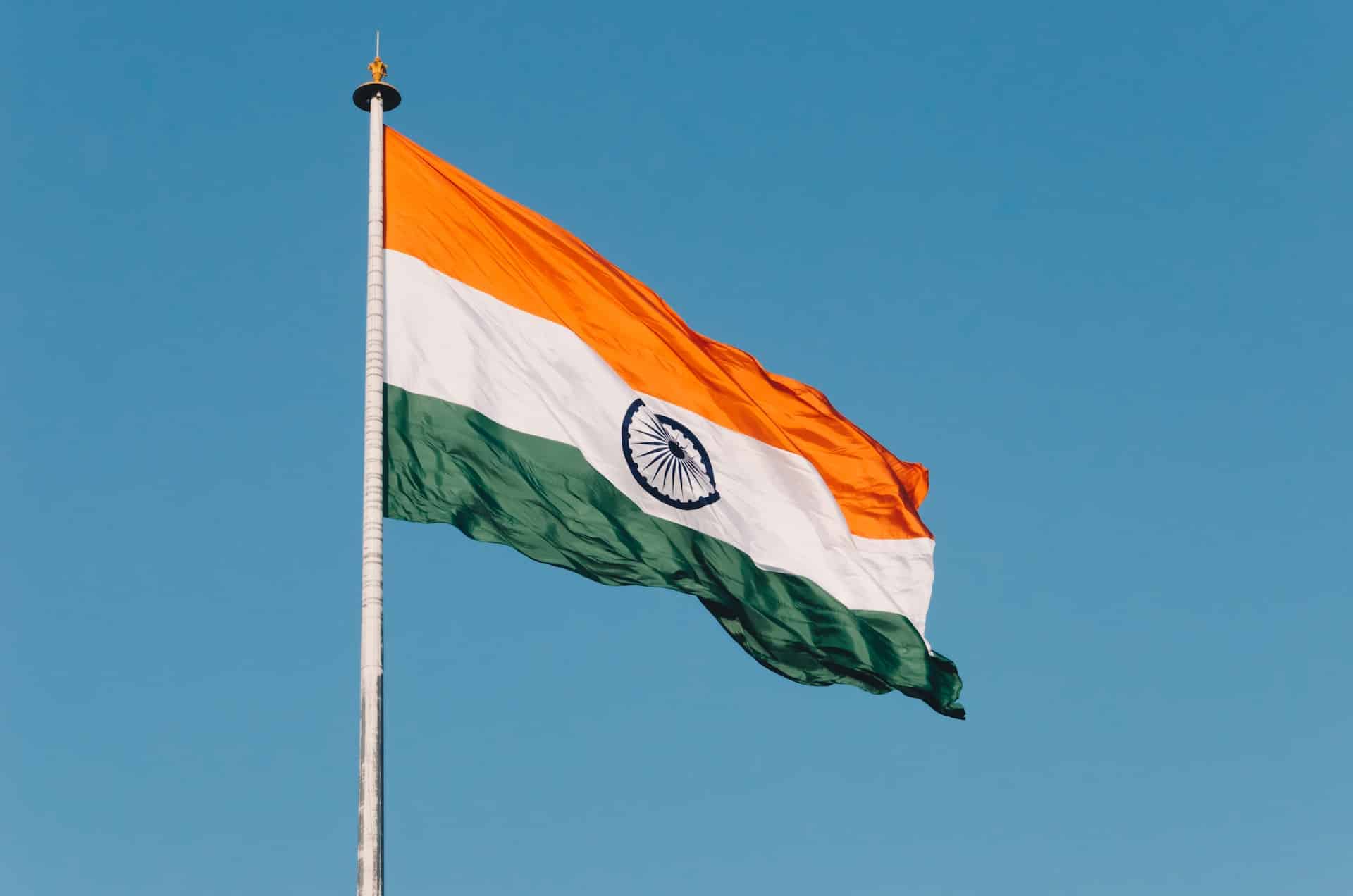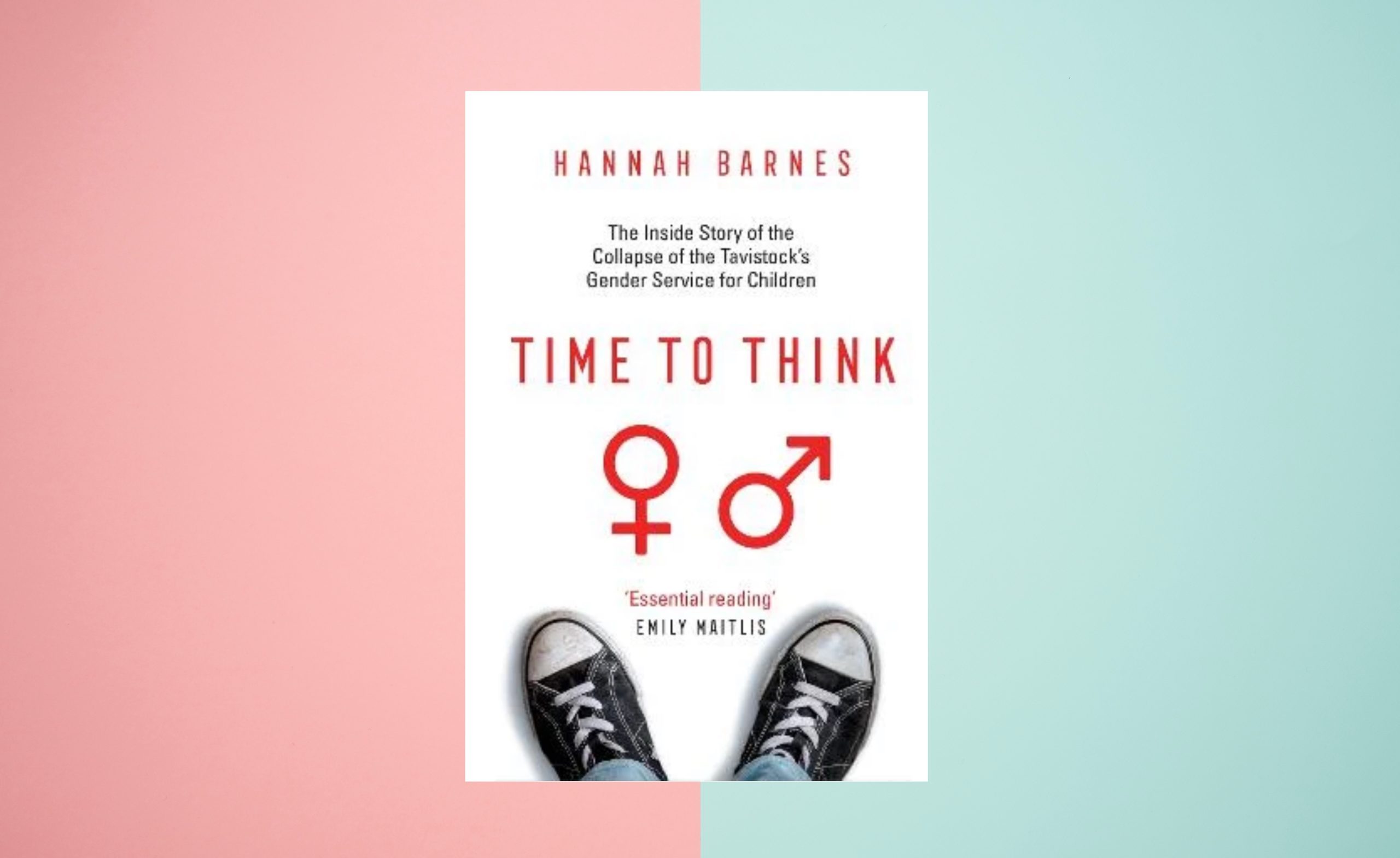
The Christian Medical College (CMC) in Vellore is one of the most established teaching hospitals in India and a flagbearer for family medicine.1 In January of this year I had the privilege of visiting CMC as part of a Royal College of General Practitioners (RCGP)–CMC collaboration and, during the few days we had there, I spent a morning with Asha Mathew in the outpatients department.
It was immediately striking just how many of the patients had diabetes, more than half that we saw, and many had attended just to receive their repeat prescriptions of metformin and glimepiride. India has been referred to as the ‘Diabetes Capital of the World’ with over 70 million people living with diabetes, and the number projected to rise to 125 million by 2045.2 The Indian healthcare system is largely a private, specialist driven system, and many patients pay to be looked after by a diabetologist. Thankfully, the patients we saw that day had not.
“A series of patients with diabetes had ostensibly booked consultations for their repeat prescriptions … In reality, they needed so much more.”
Asha Mathew is one of a relatively new generation of doctors practicing evidence-based family medicine in India. She has completed national postgraduate qualifications in family medicine, akin to the UK GP system, and she adopted a holistic, patient-centred approach. She skilfully elicited the patients’ symptoms, relevant medical and social histories, and concerns and expectations.
A series of patients with diabetes had ostensibly booked consultations for their repeat prescriptions, and if they had seen a specialist diabetologist they might have left only with their boxes of metformin. In reality, they needed so much more.
They wanted to talk about their dizzy episodes, widespread joint pains, sinus troubles, dysmenorrhea, and the struggles of home life. With patients in this urban poor region, paying for every consultation, Asha Mathew opportunistically checked that patients with serious conditions, such as cancers, were receiving the appropriate treatment and had not been lost to follow up in an unwieldy specialist system. It all seemed so familiar to a typical day in UK general practice; patients presenting with their lists and the physical, psychological, and social factors intertwining to cause ill health and distress.
A specialist driven system can never meet these needs and the Indian government has recognised that family medicine needs to be at the core of health care. Indeed, family medicine has been hailed as the ‘need of the hour’.3–5 However, it is in its infancy as a postgraduate speciality, and the first postgraduate training scheme only started in 1985. There are only a few thousand doctors currently holding specialist, postgraduate qualifications in family medicine, barely scratching the surface of need for a population of 1.4 billion.
The World Health Organization (WHO), the Indian Government, the Academy of Family Physicians in India (AFPI), and leaders within existing postgraduate training schemes all recognise the urgent need to upskill more doctors in family medicine. The big question is how? I posed this question to Sunil Abraham from the Family Medicine department at CMC, and a pioneer for the speciality in India:1
‘There are many positive things happening about family medicine in India. The government has realised the need for more generalists … A new 2-year Diploma in Family Medicine was started in 2021. More young bright doctors are taking up family medicine as their specialty of choice … these are very positive developments. However, it is still not mandatory that every medical college should have a department of family medicine. This is a crucial step that will enable the MBBS doctors to understand the need for generalists in the country.’
However, due to the paucity of qualified family medicine educators, new postgraduate family medicine courses are sometimes being run by specialist doctors. In response to this, Srividhya Rhagavendra (Head of Family Medicine at Bangalore Baptist Hospital) hosted a 2-day National Family Medicine Faculty Development Conference in collaboration with CMC, AFPI, and the RCGP.
Andy Charley (retired Associate Dean of Kent, Surrey and Sussex Vocational Training Scheme) and I had the privilege of participating. The purpose of the event was two-fold. First, to upskill family medicine graduates in India in how to teach. Workshops included case studies comparing how family medicine is delivered in the UK and India; curriculum development; educational methods; assessment tools; how to give feedback; and leadership. The second objective was to provide the opportunity for family medicine doctors at the forefront of their speciality to network, to discuss the challenges and potential solutions to systematically upscaling good-quality primary health care in India. What a challenge.
“We are part of a global family medicine community grappling with the same issues … “
Over 50 family medicine doctors keen to learn, and keen to teach others, attended. The feedback was overwhelmingly positive and there was a sense of excitement at being at the forefront of a new movement of family medicine in India. Participants wanted to network and to repeat the workshops with colleagues throughout the country.
It felt good to step away from the spiralling demands of day-to-day clinical practice in the UK. It was a reminder that the workforce and training challenges we face in the UK are not bespoke to the NHS. We are part of a global family medicine community grappling with the same issues and we can learn from each other. Family medicine is not only ‘the need of the hour’ in India, but globally.
I returned home with a renewed sense of pride in being a GP and a sense of being part of an international community of family medicine doctors. We are working together to deliver primary health care, recognised by WHO as ‘the most inclusive, equitable, cost-effective and efficient approach to enhance people’s physical and mental health, as well as social well-being’.6
Who wouldn’t want to be part of that?
Acknowledgements
This work was supported by a collaboration and Memorandum of Agreement between the RCGP and CMC Vellore.
References
1. Abraham S. Practicing and teaching family medicine in India. Fam Med 2007; 39(9): 671–672.
2. International Diabetes Federation. India diabetes report 2000 – 2045. 2021. https://diabetesatlas.org/data/en/country/93/in.html (accessed 24 May 2023).
3. Paidi G, Beesetty A, Lahmar A, et al. Need of the hour: family medicine in India. Cureus 2022; 14(4): e24596.
4. Pati S, Sharma A, Pati S, Zodpey S. Family medicine education in India: a panoramic view. J Family Med Prim Care 2015; 4(4): 495–500.
5. Kumar R. Advocacy to act – Family medicine in health policy: a decade long journey of the academy of family physicians in India. J Family Med Prim Care 2020; 9(4): 1805–1810.
6. World Health Organization. Primary health care. 2021. https://www.who.int/news-room/fact-sheets/detail/primary-health-care (accessed 24 May 2023).
Featured photo by Naveed Ahmed on Unsplash.









Nice article ! Thanks Dr Emer Forde.